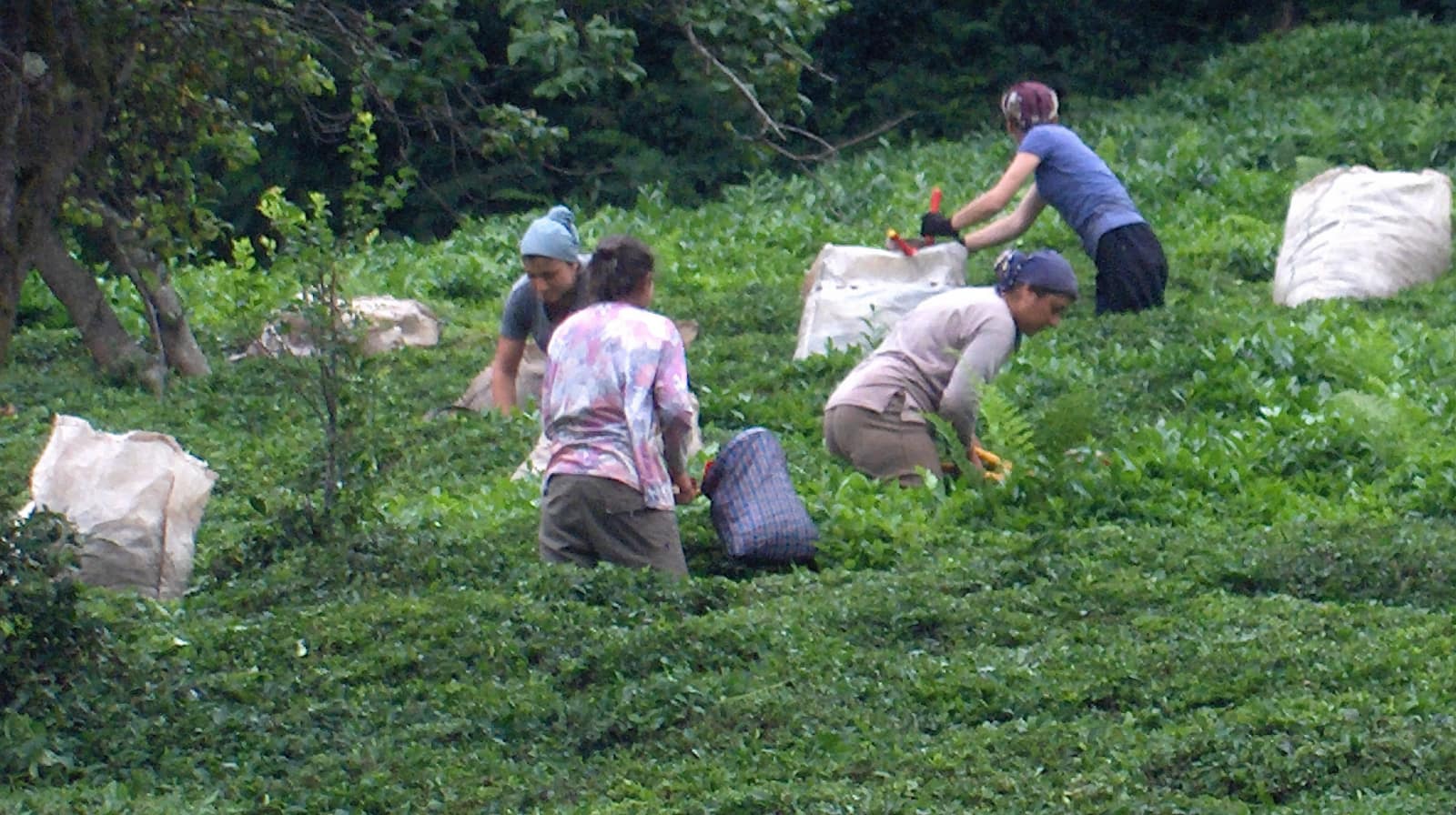

Downloads
DOI:
https://doi.org/10.58981/bluepapers.2022.2.12Published
Issue
Section
License
Copyright (c) 2022 Blue Papers

This work is licensed under a Creative Commons Attribution 4.0 International License.
How to Cite
Abstract
Steep slopes, rivers, a rainy climate, and rich vegetation: the region of Fındıklı and the city of Rize (Türkiye) have been shaped by humans living with water. To understand the region’s traditional settlements, vernacular buildings and local culture, it is crucial to analyze its geomorphological setting. Yet, despite the importance of climate and geomorphology for understanding how living with water has shaped everyday artifacts, water-related heritage in this region is not well documented. This article makes a case for seeing cultural and natural heritage as connected and to protect already sustainable practices and use them for future development.
References
Aktürk, Gül, and Stephan J. Hauser. 2021. “Detection of Disaster-Prone Vernacular Heritage Sites at District Scale: The Case of Fındıklı in Rize, Turkey.” International Journal of Disaster Risk Reduction 58.
Aktürk, Gül. 2020. “Remembering Traditional Craftsmanship: Conserving a Heritage of Woodworking in Rize, Turkey.” International Journal of Intangible Heritage 15: 134–46.
Aktürk, Gül, and Hannah Fluck. 2022. “Vernacular Heritage as a Response to Climate: Lessons for Future Climate Resilience from Rize, Turkey.” Land 11, no. 2: 276.
Arslantürk, Zeki. 1986. “Doğu Karadeniz’de Çay Mono- Kültürü Ve Sosyo-Ekonomik Değişme.” Sosyoloji Konferansları 103, no. 21: 103–34. (in Turkish)
Eres, Zeynep. 2016. “Türkiye’de Geleneksel Köy Mimarisini Koruma Olasılıkları.” Ege Mimarlık: 8–13. (in Turkish)
Selim, Serdar. “The Potential Effects of Ecosystem Integrity on Human Source Activities on the River Valley: A Case of Çağlayan River.” Süleyman Demirel Üniversitesi, Fen Bilimleri Enstitüsü Dergisi 15, no. 2: 94–101.
Şevketbeyoğlu, İlker. 2017. Doğu Karadeniz’de Bir Aile Hacıbeyzadeler. Istanbul: Dergah Yayınları. (in Turkish)
Sümerkan, Mustafa Reşat. 2011. “Fındıklı Çağlayan’da Ahşapla Dokunmuş Evler.” Mimarlik (2011). (in Turkish)
T.C. Fındıklı Kaymakamlığı. “Fındıklı’nın Coğrafi Yapısı.” http://www.findikli.gov.tr/cografi-konum-ve-temel-zellikler. (in Turkish)
Tekeli, Sait Tahsin. 1943. “Natürliche Grundlagen für den Teeanbau in Rize.” Turk Cografya Dergisi 1 (1943): 213–33. (in Turkish)
Yüksek, Ömer, Murat Kankal, and Osman Üçüncü. 2013. “Assessment of Big Floods in the Eastern Black Sea Basin of Turkey.” Environmental Monitoring and Assessment 185, no. 1: 797–814. https://doi.org/10.1007/s10661-012-2592-2.


